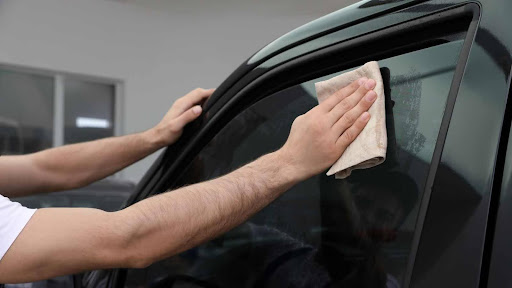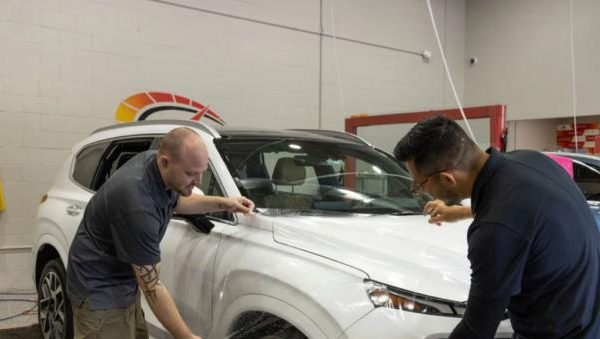Car window tinting offers a plethora of benefits, from increased privacy to protection against UV rays and improved aesthetics. However, before you tint your car windows, there are several essential factors to consider. In this comprehensive guide, we’ll delve into these key aspects to help you make an informed decision.
State Regulations: Comprehend Tinting Laws
Every state has specific regulations governing car window tinting to ensure driver visibility, passenger safety, and law enforcement visibility. Familiarize yourself with your state’s tinting laws, including permissible darkness levels and light transmission requirements, to avoid potential fines or penalties.
Tinting Film Options: Selecting the Right Material
Car window tint films come in various materials, each offering distinct benefits. Understanding the differences can help you choose the most suitable option for your needs:
- Dyed Film: Affordable but may fade over time.
- Metallic Film: Offers excellent heat reduction but can interfere with electronics.
- Carbon Film: Provides good heat and UV rejection with a matte finish.
- Ceramic Film: Superior heat reduction and UV protection without electronic interference.
- Hybrid Film: Balances performance and cost by combining metallic and dyed film elements.
Consider your priorities and consult with a professional to determine the best tinting film for your requirements.
Visible Light Transmission (VLT): Grasping Light Levels
Visible light transmission (VLT) indicates the amount of light passing through tinted windows. Different states have specific VLT requirements for various windows, necessitating compliance to avoid legal issues.
UV Protection: Safeguarding Your Health
Car window tinting blocks harmful UV rays, reducing the risk of skin damage and cancer. Opt for tint films with high UV protection ratings to ensure a safer driving environment.
Heat Reduction: Elevating Comfort
Tinted windows significantly reduce heat buildup inside your vehicle, enhancing comfort, particularly during hot summer months. Choose films with higher heat rejection properties for optimal results.
Professional Installation: Quality Matters
While DIY kits exist, professional installation is recommended for a seamless appearance and compliance with state regulations. Experienced technicians possess the expertise to ensure a high-quality installation that lasts.
Maintenance and Care: Ensuring Longevity
Proper maintenance is essential to prolong the life and performance of your car window tint. Avoid cleaning the interior surface of the windows immediately after installation to allow the adhesive to cure fully.
Types of Tint Films: Exploring Options
Several types of tint films are available, each with its own set of pros and cons:
- Ceramic Tint: Offers maximum visibility and UV protection but may be expensive.
- Carbon Tint: Provides durability and UV protection with a matte finish.
- Metallic Window Tint: Offers shatterproof protection but may interfere with electronics.
- Hybrid Window Tint: Blocks UV rays and heat with a dark appearance.
- Dyed Film: Affordable but may fade over time and offer less effective blocking properties.
Removing Window Tint Film: When Necessary
If you need to remove window tint film, the process involves loosening, removing, scraping, and cleaning to ensure a clean surface.
Conclusion: Making an Informed Choice
Investing in professional auto tinting services offers numerous benefits, including increased privacy, UV protection, and enhanced aesthetics. With various tint options available, consult with a trusted provider to select the most suitable option for your vehicle. Prioritize quality tint installation and maintenance to enjoy the advantages of high-quality window tinting for years to come.











